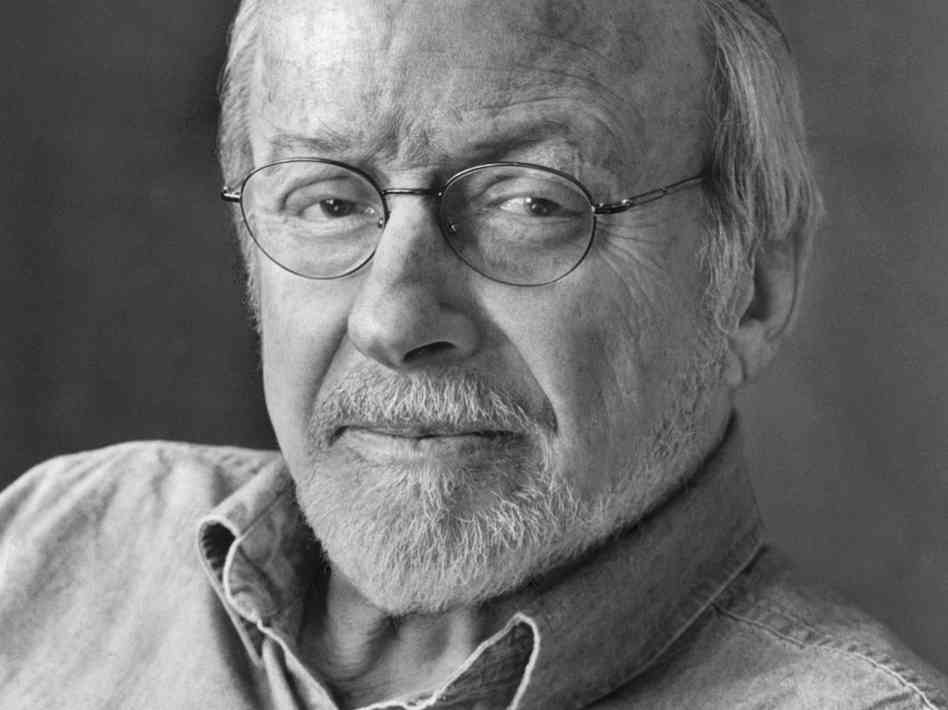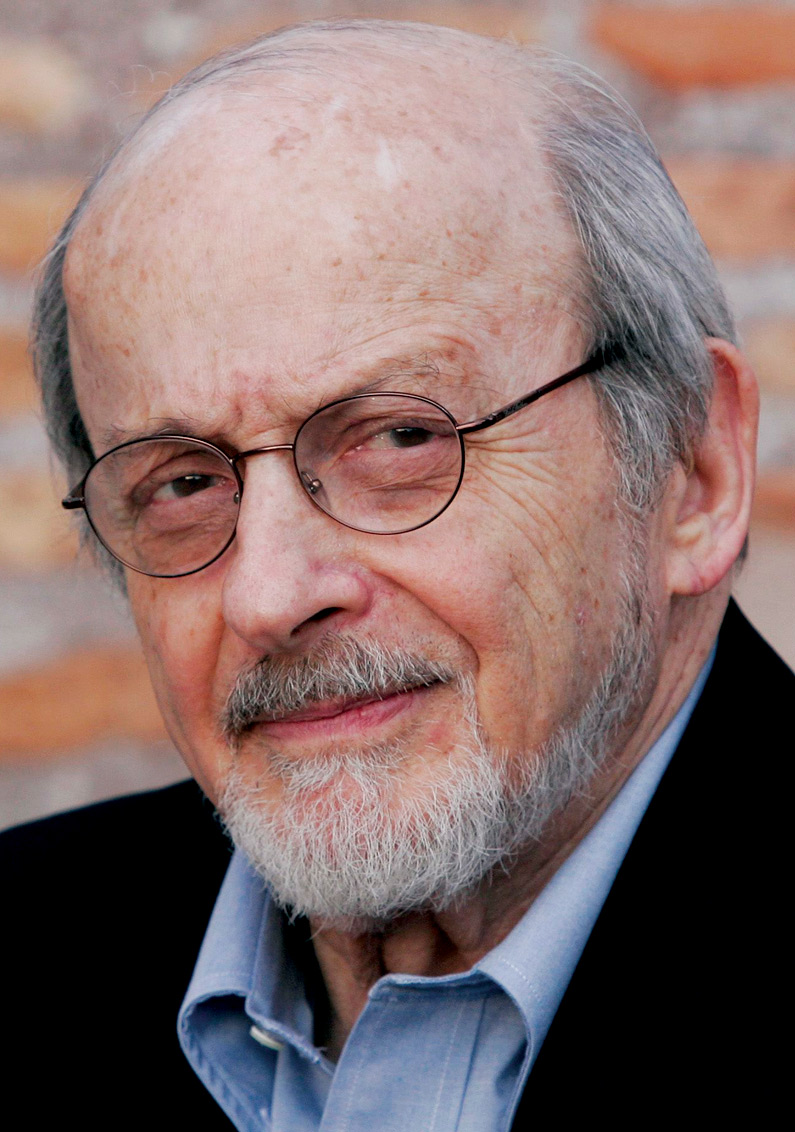

But it does earn honourable mention in the local paper. So no, Edgar’s earnest, heartfelt essay can’t mend his parents’ failing marriage or save his dad’s floundering music shop. In the real world, though, magic takes softer, more subtle forms. If he is anything he should say what it is when challenged.” In a more sappy coming-of-age story (a novel, let’s say) this effort would win first prize and its author be hailed as a literary star in the making. “The Typical American Boy is not fearful of Dangers,” he writes. Towards the end of World’s Fair, Edgar enters an essay-writing competition on the theme of the typical American boy. Doctorow makes us see it as it ought to be seen – a fabulous, futuristic Oz, newly sprung at the end of the elevated railway. To the sophisticated eye, the 1939 World’s Fair would seem the epitome of vulgarity with its brash exhibits (Gay New Orleans, Forbidden Tibet), calliope soundtrack and tacky sideshows (“Norma’s job was to wrestle with Oscar the Amorous Octopus in a tank of water”). Heroes come in the shape of FDR and Benny Goodman villains in the shape of Adolf Hitler and the teenage hoodlums who vault across the backyard fences. And all around him as he goes, the Bronx explodes in a flutter of comic-books and kosher butchers, pushcart vendors and street-corner radicals. He steps on to the street with his eyes out on stalks and his nostrils positively flaring. Visitors to General Motors’ Futurama exhibitĪt the 1939 World’s Fair, which promised to show visitors ‘the world of tomorrow, from comfortable moving sound chairs while touring a vast scale model of the American countryside, covering more than 35,00 square feet.’ Photograph: Bettmann ArchiveĪs well as unpicking his own roots, however, Edgar is intent on devouring the world, making sense of its mysteries. So in what way is this a novel, exactly? It is as though, having poured his childhood out onto the page, the author was so alarmed by the portraits he’d painted and the confidences he’d betrayed that he made a last-ditch attempt to disguise the whole thing as fiction. The plot is as vividly messy as life itself. The narrative amounts to a rush of memory. His mother and father were called Rose and Dave and they all lived in an apartment on Eastburn Avenue. Like him, he had an elder brother called Donald. Doctorow’s hero, like him, is called Edgar.

The dustjacket of my battered hardback edition bills World’s Fair as “a novel” - a claim that’s almost as rich as the prose that follows. But such surging, forward motion is in and of itself hopeful. The process can be difficult and is frequently knotted with problems.

Implicitly and explicitly, Doctorow tells us that landscapes – like people – are subject to change and growth, collapse and renewal. Today, it is home to the US Open tennis tournament, where singles champions pocket a $3.5m pay cheque.

Some 15 years before, this same site had doubled as the blighted “Valley of Ashes” in F Scott Fitzgerald’s The Great Gatsby. Tellingly, the book takes its title from a lavish 1939 event that set out to construct the world of tomorrow on the marshland of Flushing Meadows, New York. EL Doctorow’s World’s Fair is a story of the past with its eyes on the future, the tale of an unremarkable Bronx schoolboy stumbling towards manhood.


 0 kommentar(er)
0 kommentar(er)
